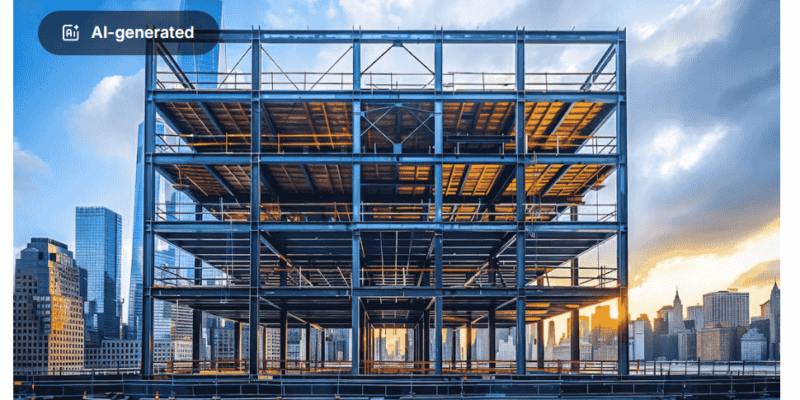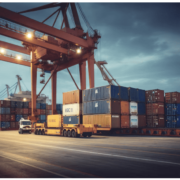In the contemporary construction landscape, pre-engineered metal buildings stand out for their efficiency, cost-effectiveness, and adaptability. These structures are designed and manufactured off-site, which facilitates quicker assembly and lowers overall costs. To better understand the benefits of pre-engineered metal buildings, prefab metal buildings, and structural steel buildings, let’s delve into their unique features.
Benefits of Pre-Engineered Metal Buildings
Pre-engineered metal buildings are notable for their streamlined construction process. As the name suggests, these buildings are “pre-engineered,” meaning that the metal components are designed and fabricated in a factory before being transported to the construction site. This off-site manufacturing ensures precise fit and reduces the need for on-site adjustments, leading to faster and more efficient construction.
One of the significant advantages of pre-engineered metal buildings is their cost-effectiveness. The controlled factory environment allows for bulk production of building components, which translates to lower material and labor costs. Additionally, the reduced construction time helps to minimize labor expenses, further enhancing cost savings.
Another key benefit is the versatility of pre-engineered metal buildings. These structures can be customized to fit a wide range of applications, from industrial warehouses and retail stores to community centers and residential homes. The modular design of pre-engineered metal buildings allows for easy expansion and modifications, making them a flexible choice for businesses and property owners with changing needs.
The Appeal of Prefab Metal Buildings
Prefab metal buildings share many similarities with pre-engineered metal buildings, as both are constructed from prefabricated components. The term “prefab” refers to the fact that these buildings are assembled from pre-manufactured parts. This approach offers several advantages, including faster construction and reduced costs.
Prefab metal buildings are versatile and suitable for various applications, including commercial, residential, and industrial uses. The prefabrication process allows for a high degree of customization, with options for different exterior finishes, roof styles, and interior layouts. This flexibility makes prefab metal buildings an attractive choice for those seeking a cost-effective yet visually appealing solution.
Durability is another hallmark of prefab metal buildings. The metal components used are designed to withstand harsh weather conditions, including heavy snow, high winds, and extreme temperatures. This durability ensures that prefab metal buildings offer long-term value and require minimal maintenance, making them a reliable option for many types of construction projects.
The Strength of Structural Steel Buildings
Structural steel buildings represent another important category of metal buildings. These structures use steel as the primary load-bearing material, setting them apart from pre-engineered metal buildings and prefab metal buildings, which may incorporate various materials. The use of steel provides several distinct advantages.
The primary advantage of structural steel buildings is their exceptional strength and stability. Steel’s inherent properties make it ideal for supporting large spans and heavy loads. This makes structural steel buildings particularly well-suited for applications requiring significant structural support, such as high-rise buildings, industrial facilities, and large commercial spaces.
Additionally, structural steel buildings offer significant design flexibility. Steel can be shaped and fabricated into various forms, enabling architects and engineers to create innovative and complex designs. The durability and fire resistance of steel further enhance the performance and safety of these buildings, ensuring they can withstand a variety of environmental challenges.
Conclusion
In summary, pre-engineered metal buildings, prefab metal buildings, and structural steel buildings each offer unique benefits that cater to different construction needs. Pre-engineered metal buildings provide cost savings and efficiency through factory-fabricated components. Prefab metal buildings offer versatility and durability with customizable options. Meanwhile, structural steel buildings deliver exceptional strength and design flexibility.
Selecting the right type of metal building depends on your specific requirements, including budget, design preferences, and intended use. Each of these building types provides a reliable and effective solution for modern construction projects, making them a popular choice across various applications.









Comments